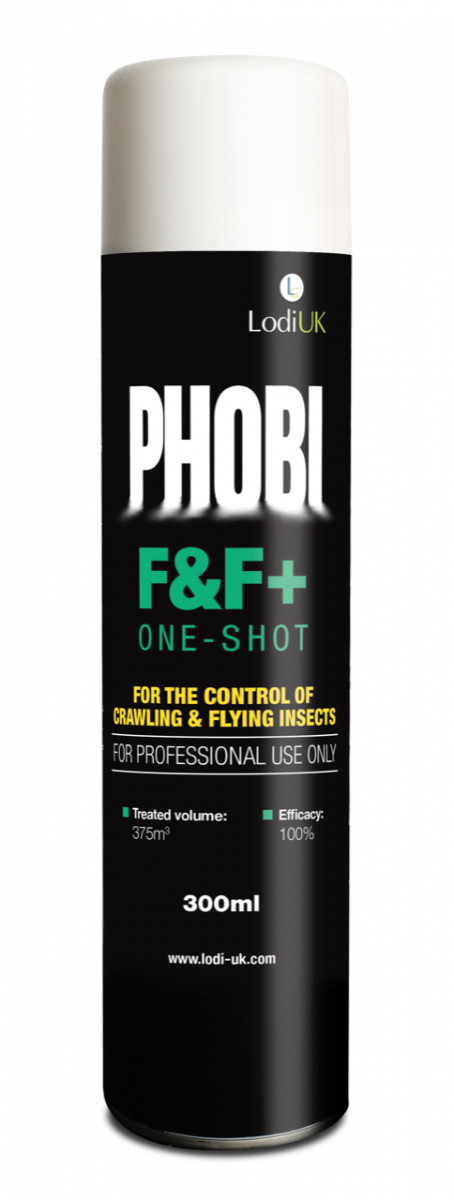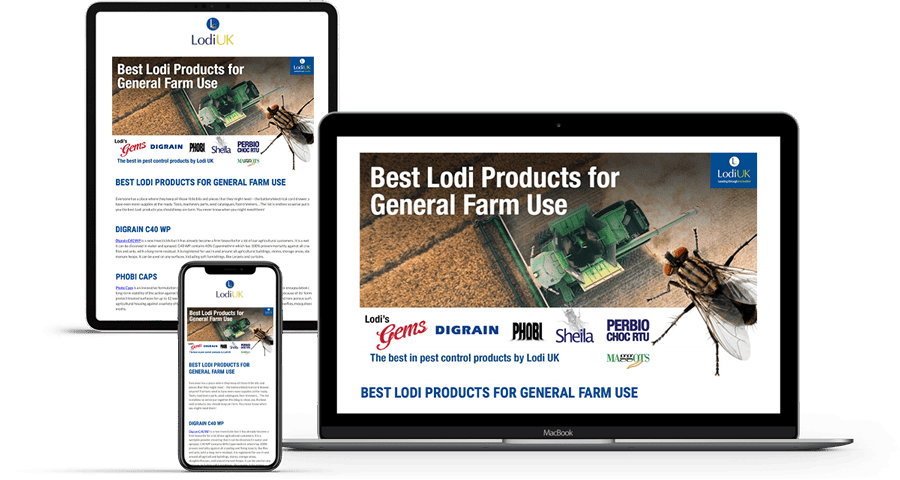
In the UK, we face the problem of having several different kinds of textile pests that cause various issues. Textile pests are strange little creatures. They can digest the keratin protein which is the primary make up of wool, animal hairs, feathers and furs. Human finger and toes nails are also made of keratin but if you think like me, they do not make up a very appetising snack!
All textile pests are from two orders - moths (Lepidoptera) and beetles (Coleoptera). Both have four developmental stages: egg, larva, pupa and adult. These stages are also called Complete Metamorphosis. In all species of textile pest, it’s the larval stage that causes all the damage to a customer’s expensive furnishings or clothing like sheepskin rugs or cashmere jumpers.
WHICH MOTH IS WHICH?
The two textile pests I want to talk to you about today are the Common Clothes Moth (Tineola bisselliella), LEFT IMAGE, and the Case-Bearing Clothes Moth (Tinea pellionella), RIGHT IMAGE. These insects primarily infest domestic properties, however, they can also be found in some commercial environments.


Both kinds of moth are very similar in size at around 6mm in length but once up close, they present with slightly different colouration. The common clothes moth show with golden-buff-coloured forewings with no visible markings, whereas the case-baring clothes moth usually has 3 faint spots on the dark-buff forewings. Both insects can usually be seen running as opposed to flying to avoid light and trafficked areas around a property. The small fringe on the base of the wings will allow you to easily distinguish them from a stored product moth.
The adults of these insects usually live no more than 2 to 4 weeks. However, the full life cycle from egg to adult can take anywhere up to 18 months if there is a reduced amount of a food source or the temperature is unsuitable. Infestations tend to occur in undisturbed areas such as wardrobes, under heavy set furniture, upholstered furniture, units and cabinets etc. In commercial premises, they can be found in raw material such as wool bales or debris, which provides the insects with protection, safety and a food source.
As we have stated, it is the larvae that cause the most damage. They are normally slightly longer than the adult - at around 10mm in length. The case bearing clothes moth is unique in that its larval case can be any colour depending on the material the larva is feeding on. Locating and identifying these, along with the damage of clean-cut holes in the fabric will help identify an infestation. Infestations of the common clothes moth can be identified by irregular holes in the material that the larvae make. Infestations can also be identified by the silken webbing they leave.
Carrying out a survey – Where to look
When establishing if a customer has an infestation of textile pests, it is important to look in all areas which could be the lead cause of the infestation. These areas include but are not limited to: the floor and wall junctions around the entire property, under larger furniture such as beds, in upholstered chairs, in cupboards and wardrobes, around the edges of fitted carpets, and under rugs that may not have been moved in some time. This will help you to identify any damage which has been caused by the insects which you can highlight to your customer.
It is also always a good idea to inspect roof void, loft spaces or attic. This will establish if the customer has any birds nesting material, certain types of older insulation (which may contain wool or other natural fibre materials) or any old furniture or materials such as carpets. Ask the customer detailed questions to try and outline when the problem started. You might also want to ask if they have recently purchased any second hand or antique furniture which the infestation could have come in on.
Treatment & PRODUCT Options

When carrying out treatments in roof voids or loft spaces, it is imperative to check for the presence of bats. If bats are found to be present, it is always worth contacting the Bats Trust to discuss the situation and obtain advice on what you can do, if anything. You must also never remove any bird’s nests unless you have established that it does not belong to a species that is protected at certain times of the year or contains any live eggs or chicks. Many bird species are protected by law and cannot be removed until they are no longer in use.
If the infestation is light, any materials affected can be treated by being washed in hot water, dry cleaning or tumble dried at a high temperature. You could also package the materials and place them in the freezer which will also destroy all life cycles.

Treatment programs should be carried out in 2 – 3 visits depending on the level of infestation. Moth traps will not only help to identify the level of infestation and also if the treatment program carried out has worked. By using these as part of an integrated pest management program, it will give your customer more peace of mind and allow you to treat the problem more effectively.
Something to add?
If you have an interesting story related to this post or a different way of approaching the problem, send me an email and I can add it into the blog!



.jpg)





.jpg)

